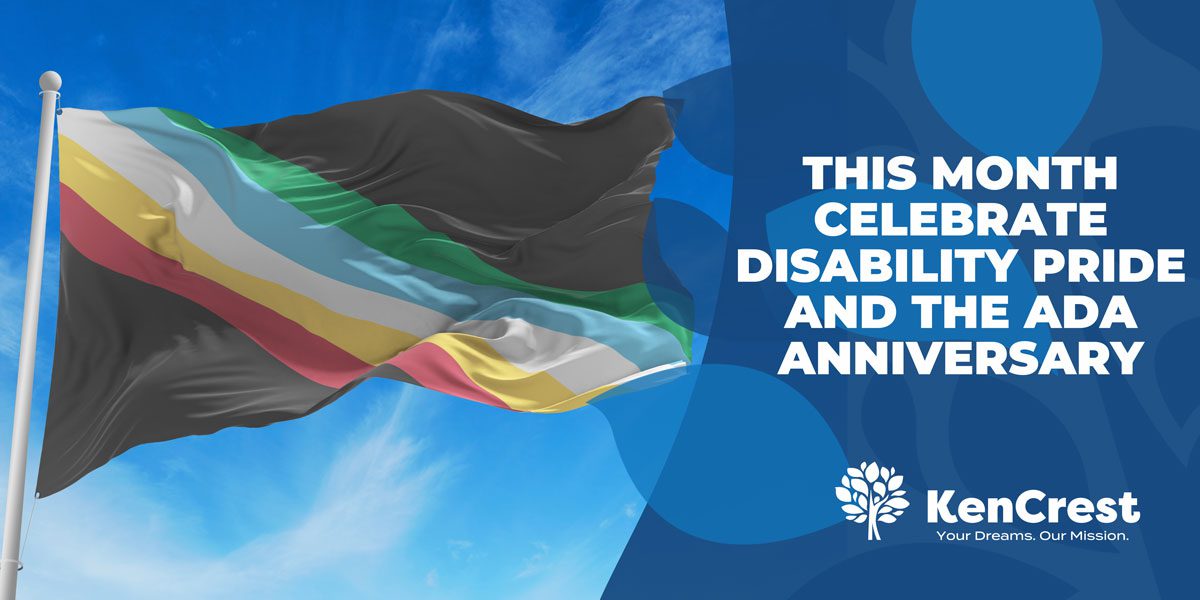
This July, celebrate Disability Pride Month and the Americans with Disabilities Act by advocating for an inclusive world.
By Sydney Kerelo
Boston held the first Disability Pride Parade in 1990 when the Americans with Disabilities Act (ADA) was signed into law. But it wasn't until 2015 that July officially became Disability Pride Month. That same year, the ADA celebrated its 25th anniversary.
Since then, cities nationwide have celebrated Disability Pride Month with parades, events, and many festivities. However, while the Americans with Disabilities Act began on July 26, 1990, when it was signed into law at the White House, it was not when it officially started.
The landmark legislation was enacted to “prohibit discrimination against people with disabilities in several areas, including employment, transportation, public accommodations, communications, and access to state and local government programs and services.” This act culminated years of advocacy and activism by people with disabilities who challenged societal barriers that excluded them from their communities.
Local groups in cities and towns came together to advocate for the rights of people with disabilities by establishing the independent living movement. This challenged the notion that people with disabilities must be institutionalized and fought for their right to live within the community.
Over the last couple of decades, the disability rights movement has made significant strides, growing in strength and influence. This progress is evident in the establishment of Disability Pride Month, a testament to the resilience and determination of the disability community.
In 2019, when Disability Pride Month began, the original flag underwent a makeover that altered the original zigzagged design because it worsened symptoms for those with visually triggered disabilities. The updated design features muted colors and a straight diagonal band from the top left to the bottom corner.

The new flag design shows parallel stripes for intercommunal solidarity, while the colors symbolize various experiences with disability. According to Respect Ability, the black background mourns disabled people who’ve died due to negligence, suicide, rebellion, illness, and eugenics. While the stripe’s color represents disability types:
- Red: for physical disabilities
- Gold: for cognitive and intellectual disabilities
- White: nonvisible and undiagnosed disabilities
- Blue: psychiatric disabilities
- Green: sensory disabilities
Disability Pride Month is not just a celebration, but a crucial platform for people with disabilities to assert their identity, amplify their voices, and advocate for the accommodations they need. The flag, with its updated design, serves as a powerful symbol of the resilience and capacity of the disability community, inspiring all to join in the advocacy for a more inclusive world.
